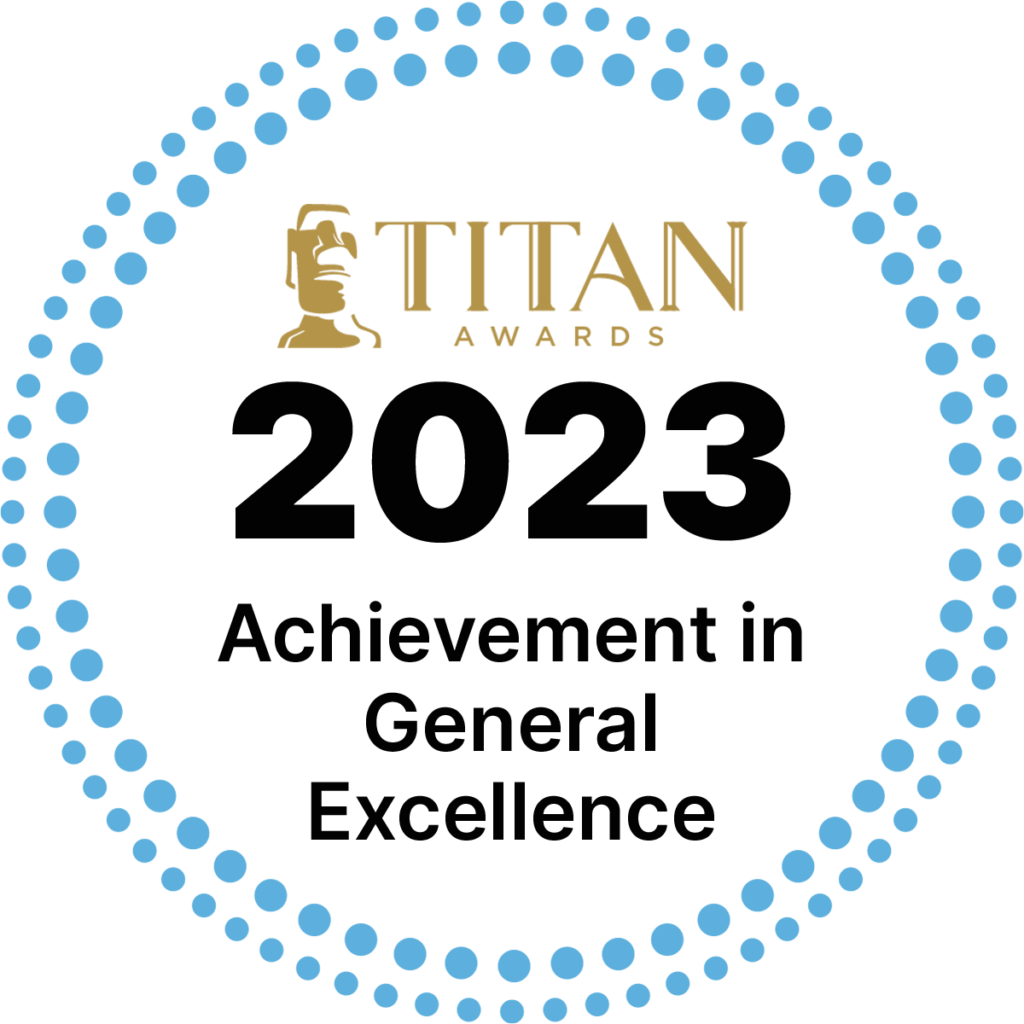
Episode 4: Time & Resource Requirements and Costs.
What does it cost to transform the fabric of people’s lives? We learn that in this episode — along with a summary of 6 key factors for a successful war game, plus how to prep until you’re ready for your own war game.
Start a War Game Mindfully
When heading into the first stages of a war game, be mindful to not offend anyone who has worked hard developing an existing strategy for the company. It’s likely that a lot of time and effort have been invested in these strategies; some may even be fairly successful.
Nobody likes to hear what they’ve done is wrong, but that’s what it can sound like to a person whose current strategies are being challenged. Try to establish an environment where the goal is not about right or wrong, but about evolution and continuing to build on momentum – your business war game will start off with much greater acceptance. Many people, across functional areas, never get asked for their input. But the war game approach brings cross-functional people together to collaborate in a respectful way and recognizes that everyone is an important piece of the puzzle.
Leverage the Japanese Culture of Decision Making
There’s a big difference between the Japanese and U.S. cultures of decision making. In the Japanese environment, an idea, strategy or launch will get shared with each functional area, which adds its contribution and stamp of approval. Then it goes to the next phase. Imagine a jagged line.
Finally, all of a sudden, everyone along the way who’s involved in executing agrees with the plan. The jagged line straightens and proceeds to final approval and execution.
In the U.S., the process typically starts with an approval by an executive and then the jagged line begins. You’ll hear Marketing say “We need more time to develop the marketing piece” and Sales say “that price is too high. I can’t sell it at that level.” Regulatory jumps in with “Did you consider this upcoming pending legislation?” All these things delay or even derail the launch. In other cultures, like the Japanese, these considerations are made before the decision to execute. In a business war game, we discuss strategy before you hit the “enter” button.
Pressure Test a Strategy, Like You Would a Product
If you’re a big fast-food chain planning to roll out a new hamburger, usually you’ll test market it in a few stores. If you receive positive feedback and see sales success, you roll it out on a larger scale. If not, you change the formula, the flavor or some other product factor to get it right. It’s prudent to pilot a product first.
Why aren’t we doing that with our strategies? Many companies are not pressure testing strategies before roll-out. It’s only after rolling out that they tinker with it and change things. But it’s smarter to figure all of this out beforehand.
If you’re creating a software launch, you have multiple versions and iterations, beta groups, feedback, and plenty of tinkering before it fully rolls out. You get the bugs out. It’s not always perfect, but there’s a process that resolves as many issues as possible before a full release.
Unfortunately, you don’t often see the same rigorous testing of strategies to see if it’s the right strategy. In fact, sometimes there may not be any strategy at all. Companies may be winging some things, and that’s where war gaming and simulations can help create a more straight-line strategy.
Time Investment Required to Execute a Business War Game
The time investment for your organization’s point person – the person coordinating with our firm – is typically 10 or 12 hours, spread over the first couple of weeks, to help map out clear objectives for the game.
The participants themselves – typically five to eight per team, cross-functionally – spend 60-90 minutes reading the briefing book before the war game. This is the only preparation they’ll need.
Then there’s the day itself and any post-work activity, which is established at the end of the war game when we define who’s going to do what by when, based on the prioritized actions we just determined. Finally, these groups will meet over the following weeks to put all of this into action. Overall, the majority of people who participate have a minimal time commitment.
Eight to Ten Weeks
Preparing for a war game takes about eight to ten weeks. The first couple of weeks will be planning the overall engagement, clarifying the objectives, and deciding who’s going to participate and where the event is held. Will it be onsite or offsite? What information already exists that can be collected and incorporated into the plan? After that, it usually takes four or five weeks to prepare a draft of the briefing book and make adjustments where needed.
Expect some communication and dialogue around these briefing books. Also expect to spend time reviewing participants, in the early stages, to help place people in their ideal roles. This helps avoid personality conflicts and unproductive game exercises.
It’s beneficial to interview and have conversations with key stakeholders during the planning phase, to makes sure the game exercises are designed to achieve the outcomes you want from the event.
That first part takes about seven weeks. Then you have the event. During the week after that, we assemble all the findings, summarize the content, take pictures of all the exercises that will be up on a wall, and provide a report that captures the day.
Cost Investment
Cost varies depending on the scope of the engagement. Is it a global war game? Are you scrimmaging against one company or three companies? A smaller scrimmage is normally $25,000 to $50,000. A traditional competitive war game that involves four teams, four different briefing books, and all the required prep and post time is usually between $75,000 and $100,000 (excluding out of pocket expenses, e.g. travel).
It’s important to understand this is not $50,000 for one day. A successful war game requires months to bring that single day together. And while $50K, $75K or even $100K for multi-day war games is an important investment to consider, it’s equally important to understand that the decisions and strategy that result from this investment can affect hundreds of millions of dollars inside your organization.
The briefing book is a big part of the fee structure. If you have four playbooks, for example, those often are extremely valuable to the participants because many may have never seen that information before.
A lot of companies have in-house intelligence or research facilities that do competitive profiles. So some people may have seen bits and pieces of this information,, but not compiled in a comprehensive document that can be shared with others who didn’t participate in the war game. It gives everyone in the company an overview of the competition.
A War Game is All About Composition
Bringing everything together is where the magic happens. Assembling the briefing books with the proper topics. Gathering the right people who understand the market or the competitors and those perspectives. Team configuration is important, as is having a master facilitator who can lead the exercise and double as leader of a breakout team. You typically have a facilitator at each breakout exercise to ensure the teams don’t spend too much time on one part of the exercise or go off on tangents. Facilitators also make sure that the outputs needed to inform the insights that help elicit good decisions get produced.
Six Key Elements to a War Game
The first element is expert facilitation. The second is having clear objectives aligned with the most senior sponsors of the engagement. Third is team member selection, so you get the right mix of personalities and knowledge. Fourth is high-quality briefing books. Fifth is the exercise selection. The sixth key element is capturing the prioritized action steps and making sure this follow-up activity is implemented.
The worst thing you can do is have a tremendous game, where everybody walks away excited with new learnings, and then everyone slowly falls back into their normal routines and nothing ever happens.
We make sure that, at the end of that day, it’s very clear who will be responsible for driving these next action steps forward.
We also believe it’s important to educate senior leaders on how to use the learnings, how to report the findings clearly, and how to get senior executives to listen.
Even a simple discussion with senior executives about the war game outcomes, and then implementing only one of them, can be really motivating for participants who were involved. They realize they were heard, and saw that action was taken versus feeling “we did all this great stuff and now it’s been eight months and nothing’s changed.”
The Future of Business War Games
Beyond influencing strategy, the leadership discussion evolves in these events and helps with business modeling. It goes beyond determining moves and counter moves. It answers questions such as, What are our customer segments? What is our unique value proposition? Who should we develop strategic partnerships with? Where are we going to get our next wave of revenue, and what’s the cost structure against this?
War gaming can help innovation labs and teams better understand areas that can evolve and leapfrog ahead of the competition. It can help you create your company’s next vision by thinking way outside the box, being creative and capturing bold steps and initiatives that can advance your organization.
How to Prep for a War Game Before Hiring a Professional Firm
You can ready your organization for a war game before engaging a firm like Proactive Worldwide by understanding your current strategies and the assumptions of your business units. We are surprised how often organizations that think they’re ready to run a war game don’t know their strategies, or if any are already in place. You can prep by starting a process of monitoring and tracking indicators that help you learn which future scenarios are most plausible and likely to happen.














